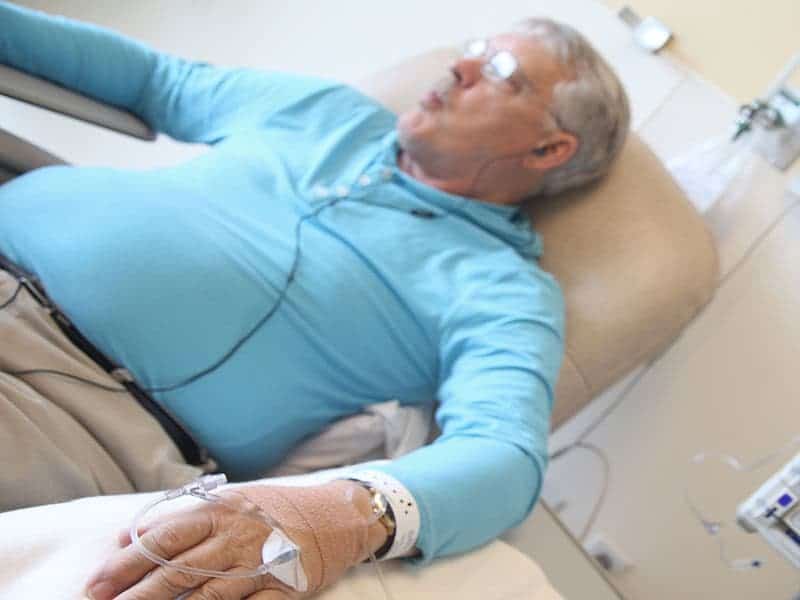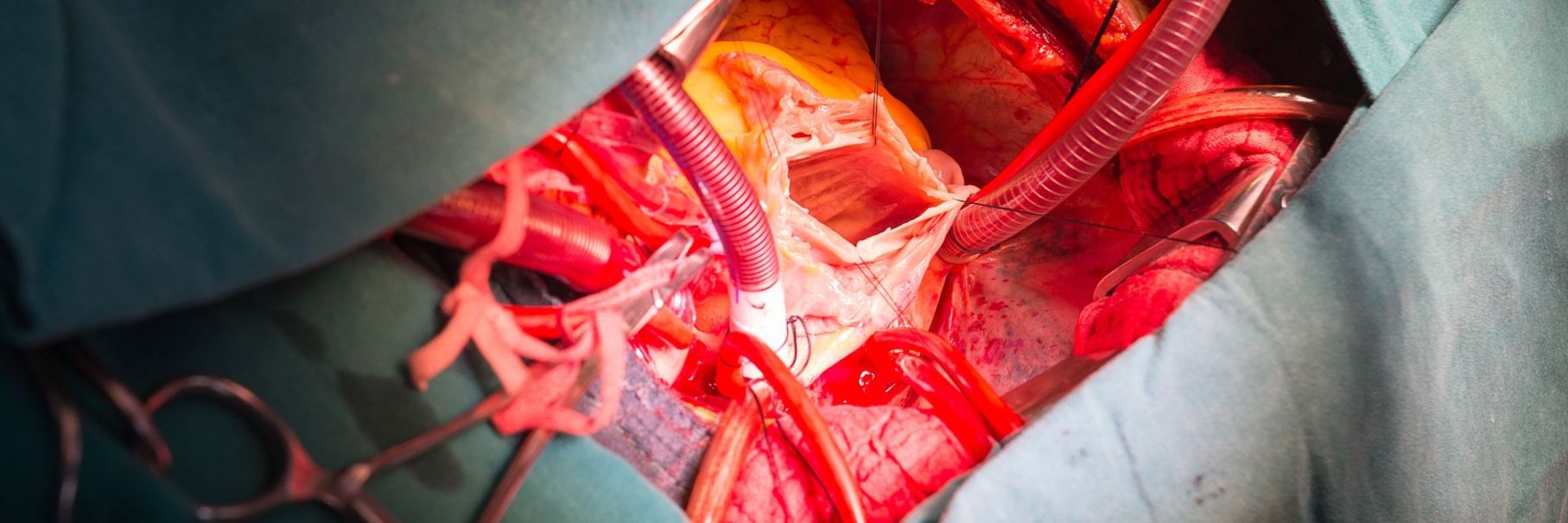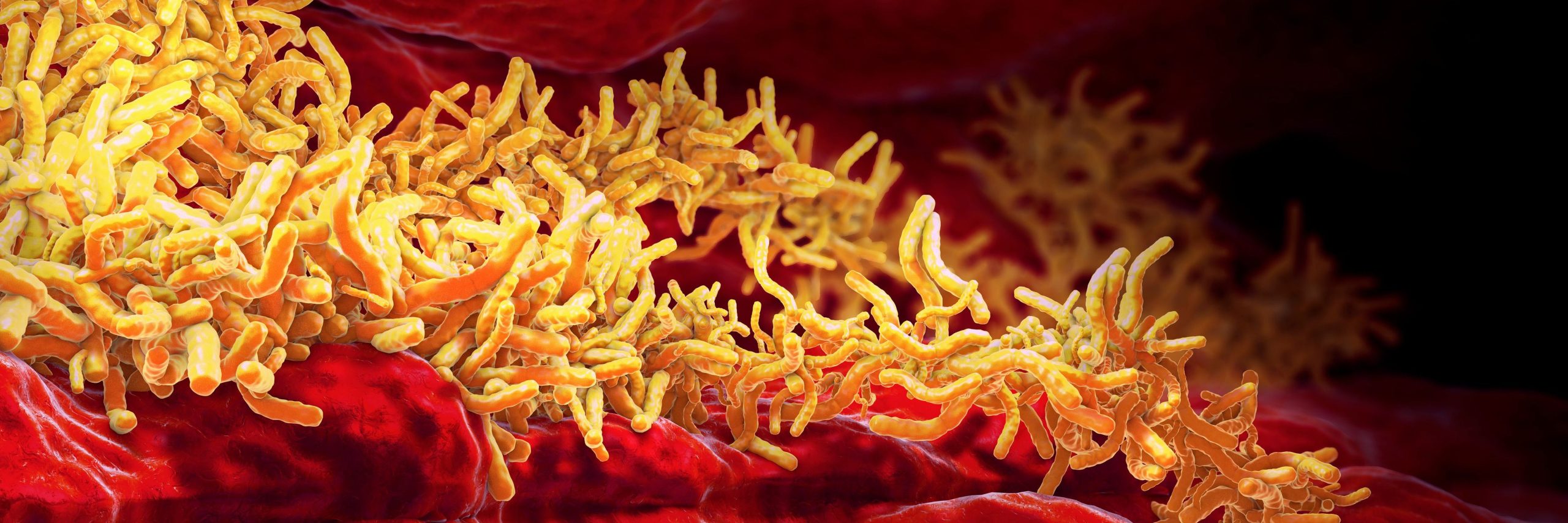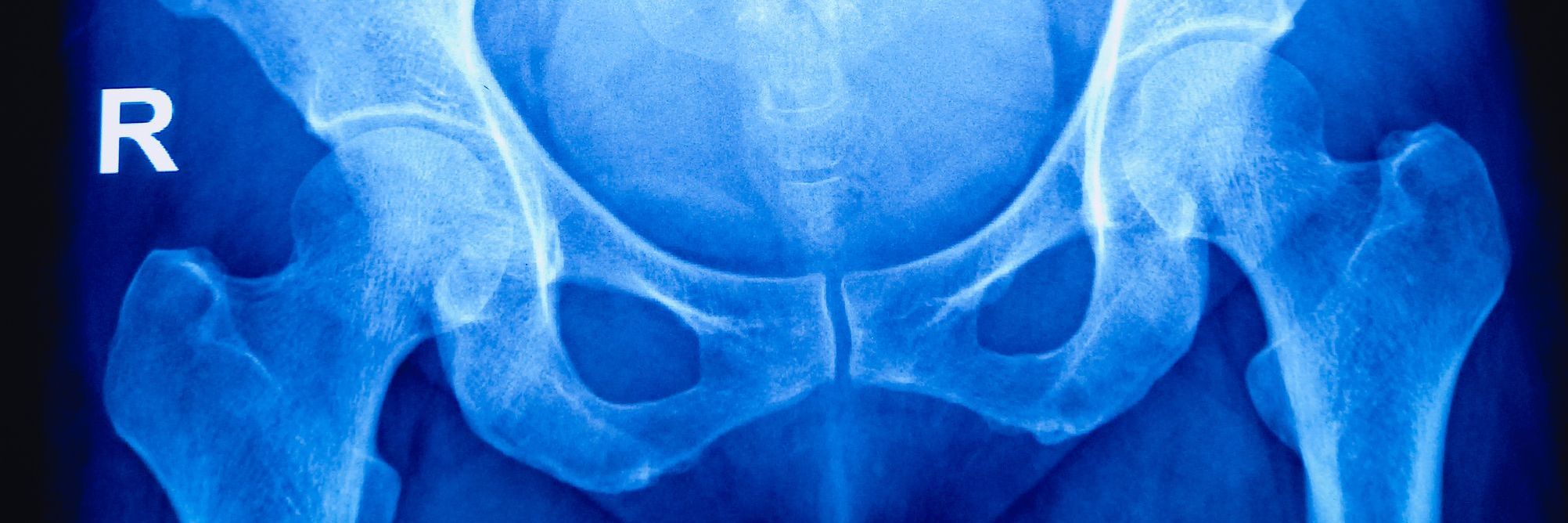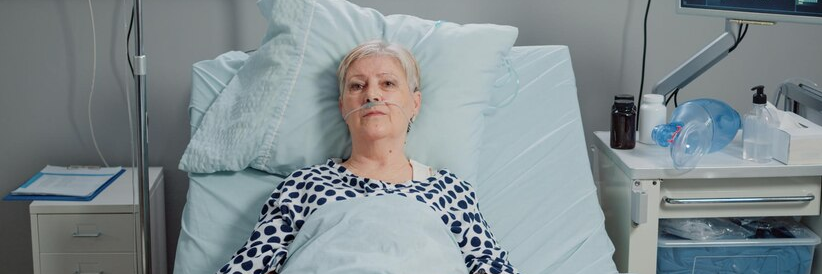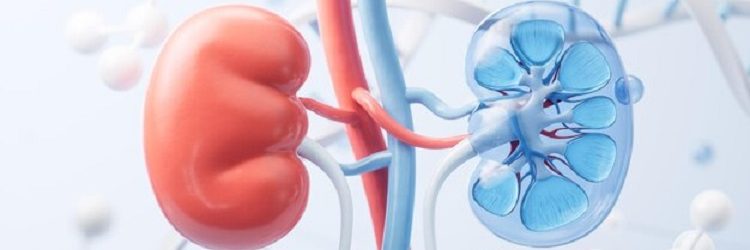The following is a summary of the “Distinct Shortness of Breath Profiles in Oncology Outpatients Undergoing Chemotherapy,” published in the March 2023 issue of Pain and Symptom Management by Shin, et al.
Nearly about 10% to 70% of people with cancer experience uncomfortable symptoms including shortness of breath. Despite this wide variation, very little is known about inter-individual variability in shortness of breath and associated risk factors among patients taking chemotherapy. The purpose of this study is to identify subgroups of patients with unique profiles of shortness of breath, to compare the demographic and clinical characteristics of these groups, to compare the symptom dimensions of shortness of breath, and to compare quality of life outcomes among these groups.
The outpatients (n=1338) were surveyed 6 times over 2 cycles of chemotherapy. The occurrence of breathlessness was evaluated using the Memorial Symptom Assessment Scale. Individuals with similar but unique patterns of breathlessness were separated using latent class analysis. There were found to be 4 different types of breathlessness (None (70.5%), Decreasing (8.2%), Increasing (7.8%), and High (13.5%). Smoking history, self-reported diagnosis of lung disease, diagnosis of lung cancer, and a higher number of cancer therapies were all indicators of membership in the High class.
The High class reported lower levels of physical, psychological, and social functioning than the None class. Over 14% percent of patients with diverse cancer types undergoing chemotherapy experienced high rates of shortness of breath that persisted for nearly 2 months. In addition, the High class experienced significantly more severe and frequent bouts of shortness of breath compared to the Decreasing and Increasing classes. All oncology patients should be evaluated for dyspnea and given individualized treatment plans.
Source: sciencedirect.com/science/article/abs/pii/S0885392422009745


